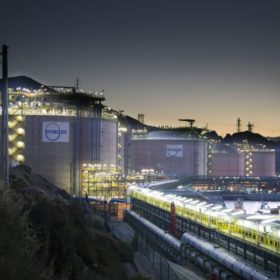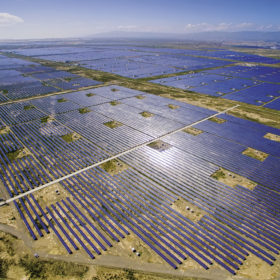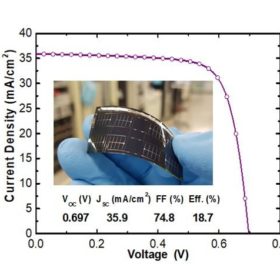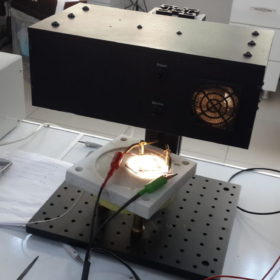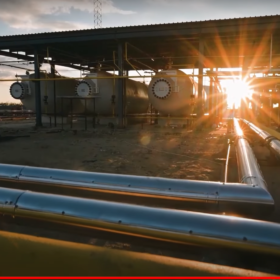Is green hydrogen necessary to balance a renewables grid?
A report by Norwegian energy consultant DNV GL has considered the opportunity for long-term energy storage to play a role in balancing annual supply and demand fluctuations in a renewables-led grid. Using 58 years of Dutch weather and energy consumption data, the study found long-term solutions such as green hydrogen could make a valuable contribution – but perhaps not as much as some analysts believe.
The long read: Renewable energy procurement comes to China
An growing number of companies globally have set sustainability targets to address the climate emergency. More than 700 companies are taking action to reduce their carbon footprint, write Caroline Zhu and Jiayin Song of Rocky Mountain Institute, and over 200 companies have publicly made the RE100 commitment to procure 100% of their electricity from renewable energy.
Korean researchers announce flexible CIGS solar cell with 20.4% efficiency
The thin-film cell was manufactured through a low-temperature process and doping with alkali elements.
Trade shows postponed over coronavirus fears
As the contagion continues to spread, its impact is beginning to be felt on the solar industry outside China with the cancellation or postponement of major trade shows and conferences that were set to take place over the next few weeks.
Integrating stress and temperature sensors in crystalline silicon cells
Fraunhofer ISE researchers have integrated stress and temperature sensors within a PV module. They claim that the devices cover a very minimal part of the cells, and that their interaction with the module and the cell itself is quite limited. The sensors can be manufactured as part of a regular cell manufacturing process.
The long read: The hidden contest of the cell makers
Predicting which technological pathway will dominate in solar cell production is somewhat of a fool’s errand. A battle is currently underway between several of solar manufacturing’s big guns regarding both wafer size and p-or-n-type technology, and the outcome remains to be seen.
Recycling lead-acid batteries for perovskite solar cell manufacturing
Researchers from China are proposing to use spent battery lead for creating a perovskite that can be used in the production of solar cells that are based on this promising material. The proposed one-step process, which was tested in the production of a 17.38% efficient perovskite heterojunction cell, is said to be cheaper and less energy-intensive than other recycling processes for waste lead from lead-acid batteries.
Global energy storage market to surge to 15 GW by 2024
As the sector continues to grow rapidly, delays in manufacturing scale-ups, difficulties sourcing raw materials and a separate path taken by the electric vehicle sector could all chuck ‘sand in the gears’, according to analyst Wood Mackenzie.
The long read: A seaborne alternative to burnt cash
Floating PV has matured quickly, but while the opportunity of solar on the sea may appear immense, there is nothing trivial about the challenges posed by salinity, wind, and waves. However, technical and financial solutions are appearing on the market, giving small island communities a chance to reduce their reliance on polluting diesel.
Assessing the impact of micro-cracks in solar glass
A Turkish research team has analyzed how big changes in temperature can affect absorbance, light transmittance and reflectivity in two types of solar glass. The scientists demonstrated lower efficiency in solar cells and the glass itself were attributable to a large number of micro-cracks and deformations on the glass surface.
